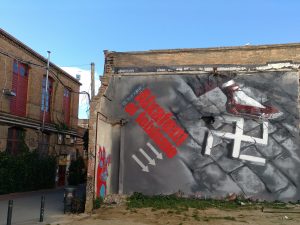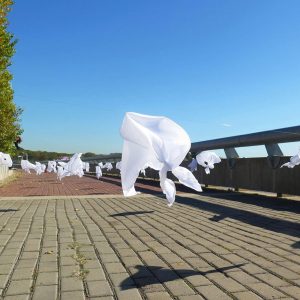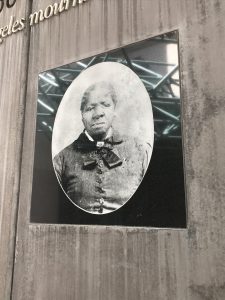The fascist destruction of legality. Then and now

Federico Finchelstein
Professor of History New School for Social Research and Eugene Lang College

Federico Finchelstein
Professor of History New School for Social Research and Eugene Lang College

Richard J. Evans, Regius Professor Emeritus of History University of Cambridge

Cover picture: “Aixafem el feixisme” [“Crush Fascism”]. Can Batlló, Barcelona. Mural painting and picture by Roc Blackblock. Based on the original picture by Pere Català Pic. The work is part of the project “Murs de Bitàcola” (Log walls) Our Observing Memories magazine has reached its fifth edition. It has been another complex and complicated year …
Summary of the fifth issue
Summary of the fourth issue

At times when reality challenges us and we know little about what awaits us as a community, as a country and as global citizens, it is even more important to remember. We must learn from our experiences and construct collective memory that brings us together and gives us the strength and tools we need to endure the challenges and give hope to the next generations.

Michael CramerMember of the European Parliament (MEP) from 2004 until 2019 Recently we commemorated the 30th anniversary of the fall of the Berlin Wall and of the Iron Curtain in Europe. The wall around West Berlin was 3.60 m high and 160 km long. Its appearance and location changed over the course of time: the …

Los Angeles, located in a region founded on the exploitation of Native Californians by Spanish missionaries and a destination for the Black community during the Second Great Migration, is home to two memorials depicting this great disparity in visibility and historical dialogue — the controversial defaced statue of Spanish missionary Junipero Serra and the memorial park of formerly enslaved and philanthropist Biddy Mason.

In this novel, the author analyses, criticizes and denounces a key feature of his own social reality: the trivialization of the Holocaust through its spaces of memory, and through the various mechanisms of memorial transmission, both in his homeland, Israel, and abroad. This trivialization takes the form of a memory monster.

El-Masri, Samar; Tammy Lambert; Joanna Quinn (Eds.). (2020) Palgrave By Luis Ángel Gasca Triviño, Undergraduate Student, Institute for the Study of Human Rights, Columbia University Fellowship student at EUROM (2020) Transitional Justice in Comparative Perspective: Preconditions for Success, edited by Samar El-Masri, Tammy Lambert and Joanna Quinn, is a volume of individual country case studies …